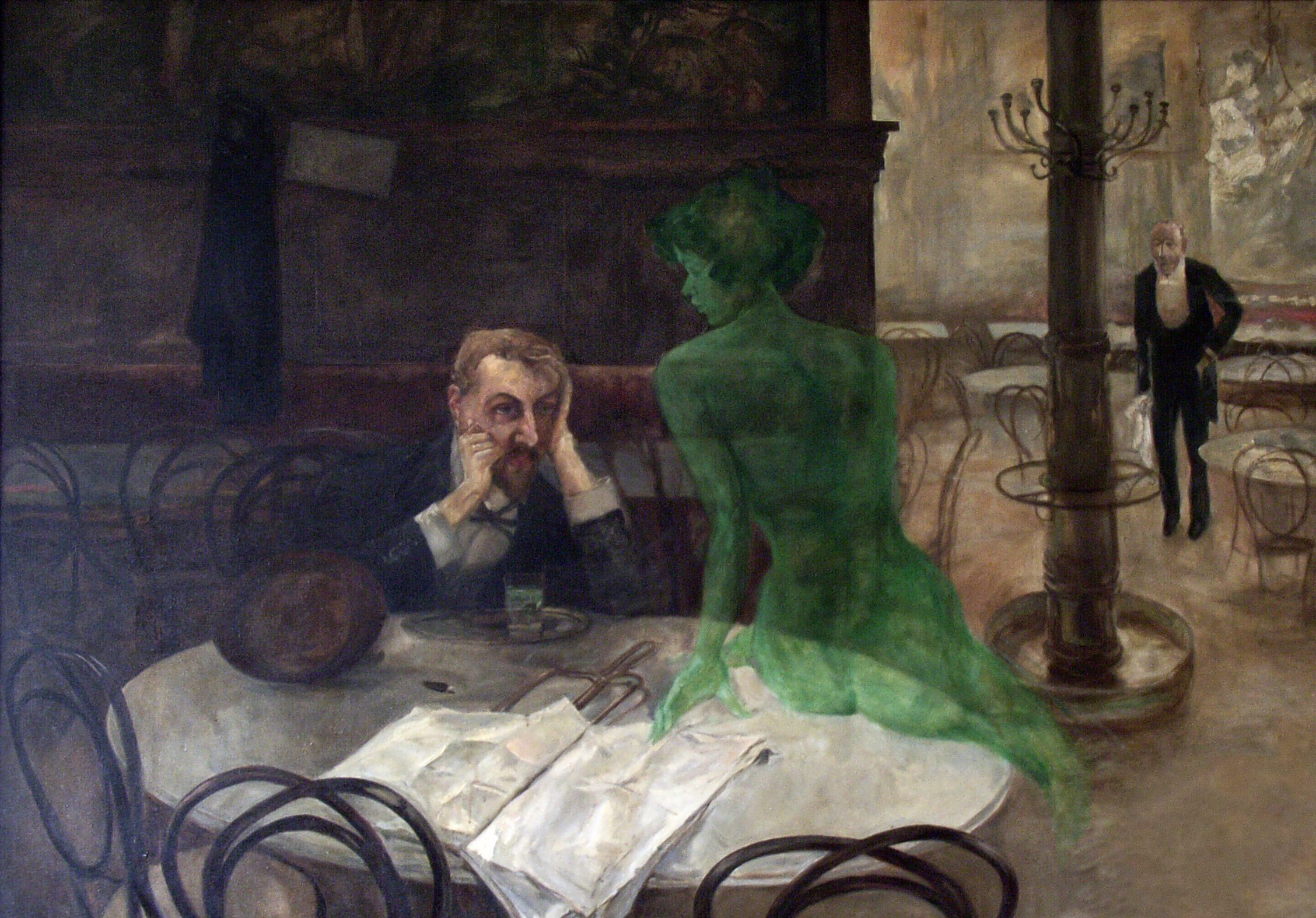[off topic?] The story I heard was that the champagne makers were worried that they would lose their market share, so they hyped up the dangers of absinthe.
Traditional Art
From dabblers to masters, obscure to popular and ancient to futuristic, this is an inclusive community dedicated to showcasing all types of art by all kinds of artists, as long as they're made in a traditional medium
'Traditional' here means 'Physical', as in artworks which are NON-DIGITAL in nature.
What's allowed: Acrylic, Pastel, Encaustic, Gouache, Oil and Watercolor Paintings; Ink Illustrations; Manga Panels; Pencil and Charcoal sketches; Collages; Etchings; Lithographs; Wood Prints; Pottery; Ceramics; Metal, Wire and paper sculptures; Tapestry; weaving; Qulting; Wood carvings, Armor Crafting and more.
What's not allowed: Digital art (anything made with Photoshop, Clip Studio Paint, Krita, Blender, GIMP or other art programs) or AI art (anything made with Stable Diffusion, Midjourney or other models)
make sure to check the rules stickied to the top of the community before posting.
It was just extremely cheap and ubiquitous.
It's disappearance gave way to pastis which is relatively similar. And which remained popular to this day. Although absinthe finally came back in the last 20 years or so.
Mass produced spirits became a problem throughout the western world around the same time, cheap whisky in Scotland and Ireland, gin in England and vodka in Russia etc. The industrialisation of production led to slum housing and cheap, strong alcohol, not a good combination.

